Search results for: “”
-
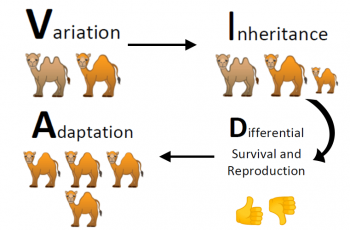
Evolution – VIDA chart
This chart is used as a graphic organizer to help students understand the process of evolution by natural selection. I use this chart multiple times throughout the unit, basically for each model organism we study. VIDA means: Variation, Inheritance, Differential Survival and Reproduction, Adaptation. These principles apply not matter what organism you are studying. For…
-
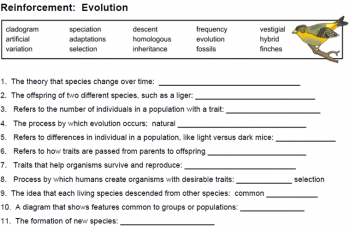
Reinforcement: Evolution
This worksheet was designed for an introductory biology class where students are exposed to basic concepts of biology. The unit covers the history of evolutionary thought (Darwin and the finches of the Galapagos) I focus more on modern examples of evolution, such as rock pocket mice and giraffes. Students match a description or definition to…
-
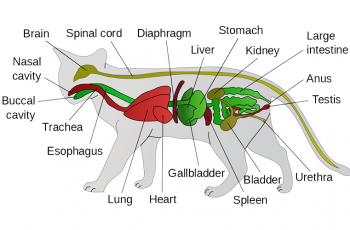
Complete Cat Dissection Student Guide
Cat dissection manual for anatomy and physiology students. A cat dissection is not usually performed in biology and reserved for upper level anatomy or college students. My anatomy class is only available for juniors and seniors. Some students may have ethical issues with dissections, and I refer them to an alternate version for the dissection…
-
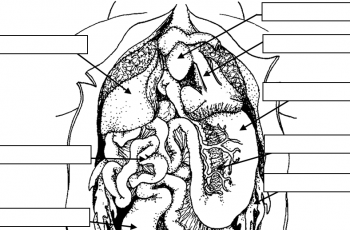
Frog Anatomy Label
This worksheet is intended to help students review the anatomy of the frog after they have completed the dissection of the frog. Images show the internal anatomy of the frog with blanks for students to fill in the names of structures, like the liver, intestine, lungs, spleen, and heart. Guide also compares the male and…
-
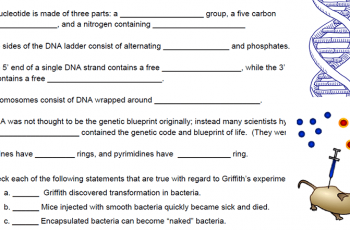
Reinforcement: DNA
This worksheet was designed for 2nd year biology (AP Biology) as a way for students to review the structure of DNA and the history of the experiments that lead to its establishment as the molecule of heredity. Historical references include those related to Frederick Griffith’s experiments with transformation in bacteria and Hershey-Chase experiments with bacteriophages.…
-
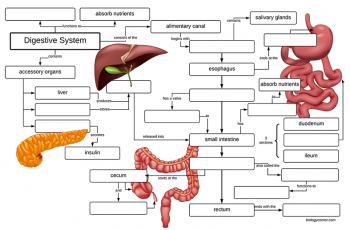
Digestive Concept Map
Students use this concept map to reinforce their understanding of the digestive system and how structures within that system are related. The mouth is where food is chewed and mixed with saliva. Saliva contains enzymes that start to break down food. The esophagus is a muscular tube that connects the mouth to the stomach. The…
-
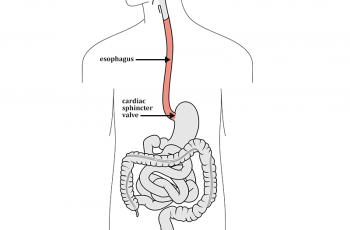
Investigation: Esophagus
This activity was designed for high school anatomy students, though it could easily be used in biology or even elementary school classes. The goal is for students to determine if water moves down the esophagus by gravity or by the action of the muscles, peristalsis. First, students measure the length of the esophagus with ruler…
-
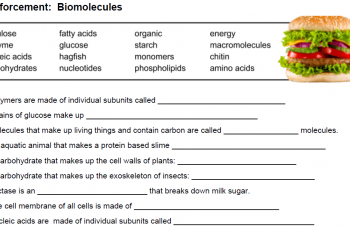
Reinforcement: Biomolecules
This worksheet is used with a unit on biological molecules in an introductory biology class. Students match definitions or descriptions to words provided in a word bank. The anchoring phenomenon in this unit is hagfish slime, which explains the inclusion of this concept in the list. Google Slides and Student Notes for the unit are…
-
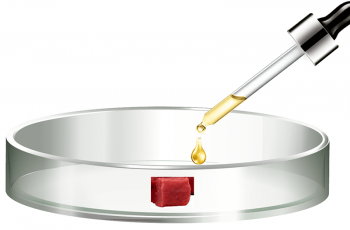
StoryLab: How Enzymes Work
This story lab aligns to an investigations students do with enzymes where they put hydrogen peroxide on liver and observe bubbles produced from the reaction with catalase. This investigation has several versions for different levels of biology (regular track, intro, and AP) though the story lab was intended for the intro track students who do…
-
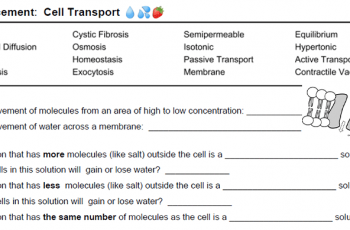
Reinforcement: Cell Transport
This reinforcement worksheet was designed for introductory biology, to help students learn concepts related to cell transport across the membrane. Words include osmosis, diffusion, hypertonic, and hypotonic, semipermeable, and active and passive transport. The exercise has vocabulary terms and a list of sentences or definitions for students to match to the words. I use google…
-
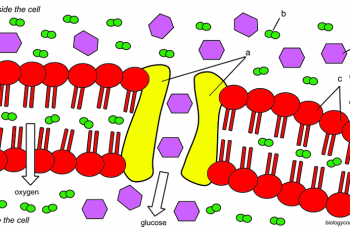
Cell Membrane Coloring
Color the cell membrane with a focus on diffusion, osmosis and transport proteins. Students color the structures of a cell membrane according to the directions. Then they answer questions about cell transport. I designed this worksheet for an introductory biology course to reinforce concepts related to cell transport. An image shows the phospholipid bilayer with…
-
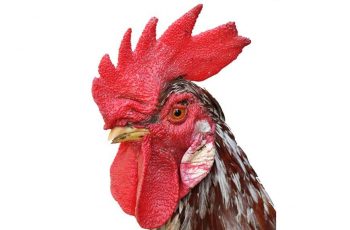
Genetics of Chicken Combs
The combs of chickens are controlled by four alleles, which interact to produce four distinct phenotypes: single, rose, pea, and walnut. In this exercise, students predict the outcomes of chicken crosses. Ideally, students should already know how to do crosses that involve two traits, the mechanisms for solving these problems are similar. My honors biology…
-
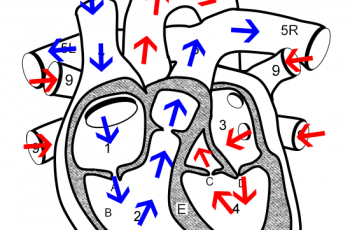
Anatomy of the Heart by Number
In this exercise, read about the structures of the heart and how blood flows through the systemic and pulmonary circuit. The text describes each structure (by number), you label with the names of the vessels and chambers of the heart. Use arrows to trace the flow of blood from the body, to the heart, then…
-
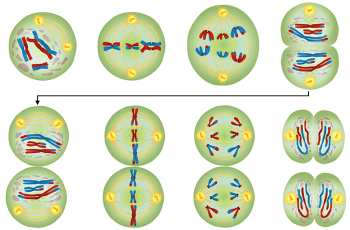
Meiosis Worksheet
Reinforce concepts related to meiosis and sexual reproduction. Students compare terms such as diploid and haploid, and label an image.
-
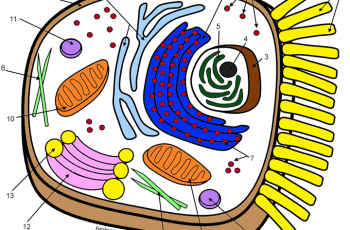
Learn the Animal Cell
This animal cell coloring worksheet can be used with freshman biology for years as a supplemental way to learn the parts of the cell. I assign it as a review or reinforcement exercise. It’s also a good activity for rainy days and sub days. This version of the cell coloring includes a cell diagram that…

